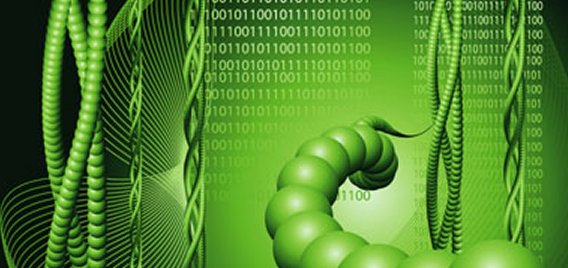Chemical and Process Engineering Resources

Biomass Types
The assessment of the metal-binding capacity of some types of biomass has gained momentum since 198518. Indeed, some biomass types are very effective in accumulating heavy metals.
Availability is a major factor to be taken into account to select biomass for clean-up purposes. The economics of environmental remediation dictate that the biomass must come from nature, or even be a waste material. Seaweeds, molds, yeasts, bacteria, and crab shells, among other kinds of biomass (Figure 3), have been tested for metal biosorption with very encouraging results.
Biosorpents
Some biosorbents can bind and collect a wide range of heavy metals with no specific priority, whereas others are specific for certain types of metals. When choosing the biomass for metal biosorption experiments, its origin is a major factor to be considered.
Biomass can come from:
- industrial wastes which should be obtained free of charge
- organisms that can be obtained easily in large amounts in nature (e.g., bacteria, yeast, algae)
- fast-growing organisms that are specifically cultivated or propagated for biosorption purposes (crab shells, seaweeds).
Organisms for Biosorption
There is a wide variety of microorganisms (Table 4), including bacteria, fungi, yeast, and algae, that can interact with metals and radionuclides and transform them through several mechanisms.
| Organism | Element |
| Citrobacter sp. | Lead, Cadmium |
| Thiobacillus ferrooxidans | Silver |
| Bacillus cereus | Cadmium |
| Bacillus subtilis | Chromium |
| Pseudomonas aeruginosa | Uranium |
| Micrococcus luteus | Strontium |
| Rhisopus arrhizus | Mercury |
| Aspergillus niger | Thorium |
| Saccharomyces cerevisiae | Uranium |
Cost-effectiveness is the main attraction of metal biosorption. This cost-effectiveness can be maintained by using the microbial biomass directly where possible. In addition, biosorbents derived from microbial biomass through a simple process are expected to be the lowest-priced and most-economical for metal removal.
It has been suggested that numerous chemical groups contribute to biosorption metal binding, by either whole organisms such as algae and bacteria or by molecules such as biopolymers. These include hydroxyl, carbonyl, carboxyl, sulfhydryl, thioether, sulfonate, amine, imine, amide, imidazole, phosphonate, and phosphodiester groups. The importance of any given group for biosorption of a certain metal by a certain biomass depends on such factors as the number of sites in the biosorbent material, the accessibility of the sites, the chemical state of the sites (i.e., availability), and the affinity between the site and the metal (i.e., binding strength). For covalent metal binding, even an occupied site is theoretically available; the extent to which the site can be used by a given metal depends on its binding strength and concentration compared to the metal already occupying the site.
Some types of industrial fermentation waste biomass are excellent metal sorbers. It is necessary to realize that some "waste" biomass is actually a commodity, not a waste. This applies particularly to the ubiquitous brewer''s yeasts sold on the open market, usually as animal fodder.Activated sludge from wastewater treatment plants has not demonstrated high enough metal-sorbing capacities. Some types of seaweed biomass offer excellent metal-sorbing properties, and sometimes a local economy can benefit from turning seaweeds into a resource.
As a fallback, biomass with a high metal-sorbing capacity can be specifically grown relatively cheaply in fermenters using low-cost or even waste carbohydrate-containing growth media such as molasses or cheese whey.

 FB
FB

0 Comments